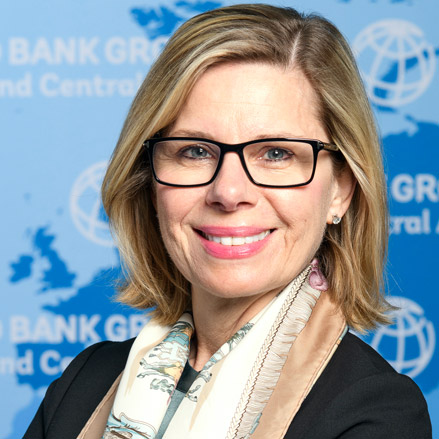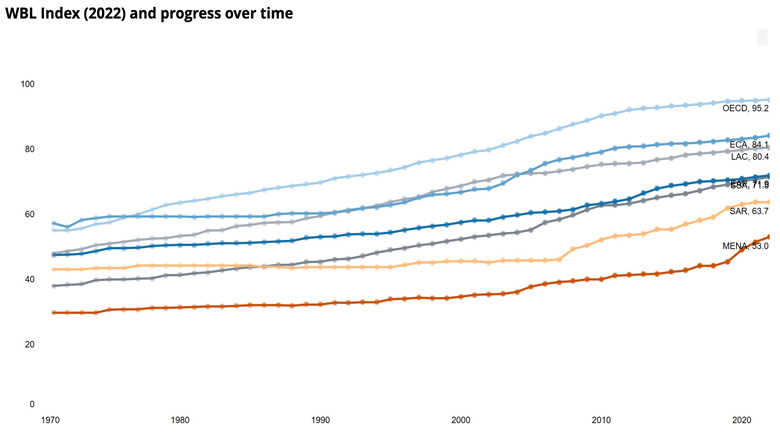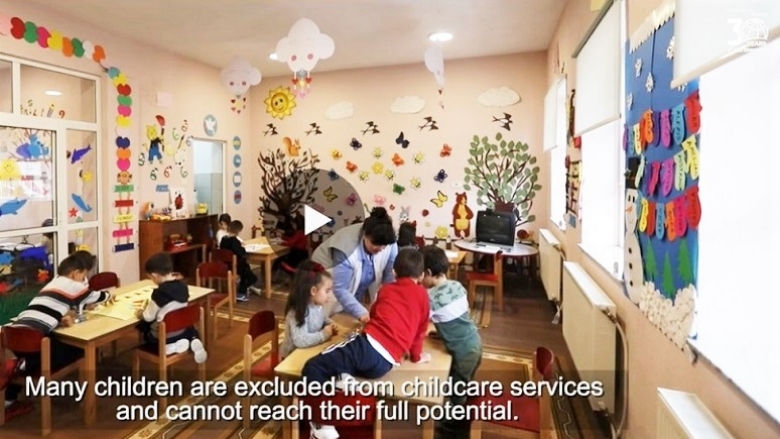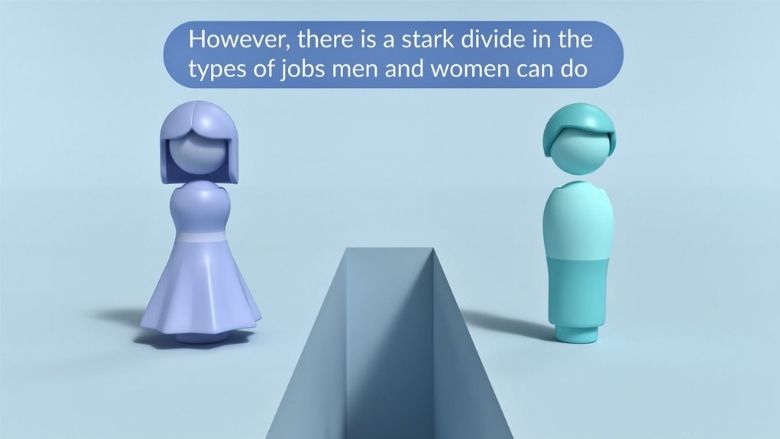
Overview
Countries in the Europe and Central Asia region have a long history of striving for gender equality. However, three decades of unprecedented political, economic and social transformations have had profound gender-related impacts, which vary country by country.
Gender gaps persist in labor force participation and earnings. The labor force participation rate in the region for men is 66%, compared to 50.6% for women. The major constraints facing women include lack of affordable and quality childcare, the double burden of domestic and professional work, access to safe transport, and pressure to conform to gender roles. The pay gap between men and women is about 30%.
Barriers to female leadership also persist, preventing women from advancing into top business management positions such as boards and corporate leadership. Female entrepreneurship is low due to limited access to assets, financial services, as well as information and markets.
A major development priority for the World Bank is helping countries in the region realize their full economic potential by empowering women, including through support to female business leaders and entrepreneurs.



